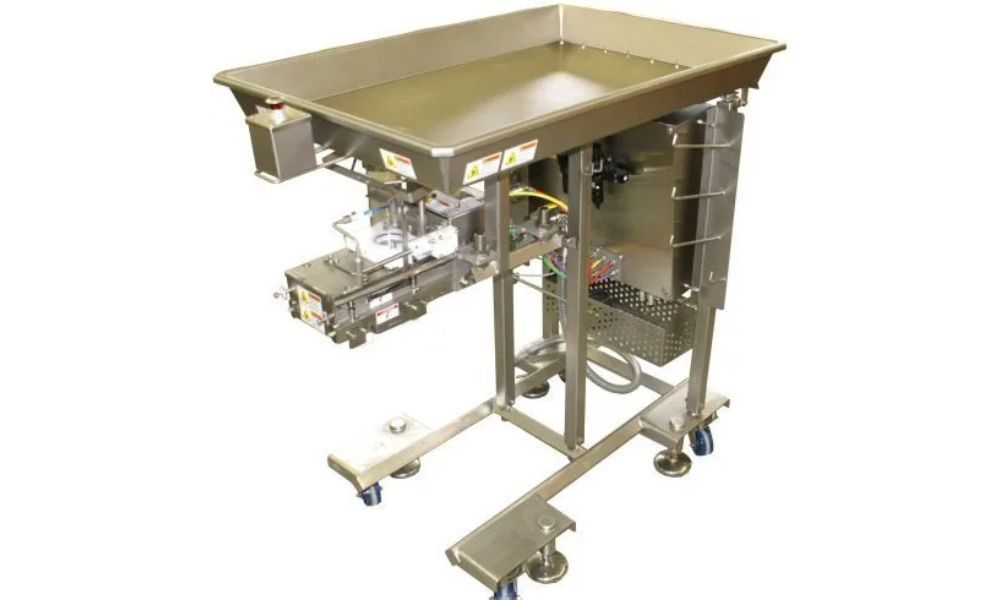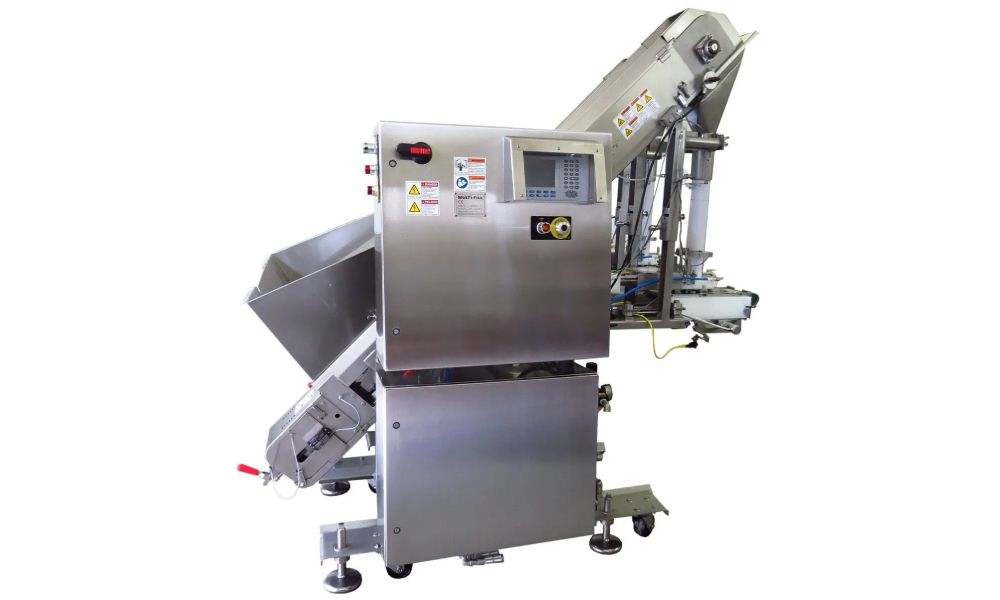How To Package Food For a Longer Shelf Life
Are you preparing a food package for long-term storage? It is interesting to note which foods are highlighted as emergency supplies in the event of a disaster where power outages might last for days. Ready, a government preparedness initiative, suggests we stock dry cereal or granola, peanut butter, dried fruit, as well as ready-to-eat canned meats, fruits, and vegetables. All of these foods are packaged to have a long shelf life.
Before we started using modern packaging methods, food was prepared and stored at home for long-term use. The
National Center for Home Food Preservation (NCHFP) suggests food be packed in amounts that can be used all at once. Every time a package is re-opened, the food is exposed to air and moisture, which lowers the food quality and can result in spoilage.
So, what are the best food candidates for long-term storage, and which dry storage containers should one use?
What Are The Best Food Candidates For Long-Term Storage?
Storing dry goods requires a cool, dry place and tightly closed containers that keep out moisture, dust, and other contaminants. Many food products can be stored long-term if prepared and packaged correctly. Let’s discuss a few of these items.
Rice. According to
US Rice, an organization that promotes rice farmed in the United States, uncooked milled rice, such as white rice, will keep almost indefinitely if stored properly. Whole grain rice, such as brown rice, will last only six months due to the oil in the bran layer going rancid.
Grits.
Do you cook grits because it makes you think of childhood family meals? Grits are coarsely-ground dried corn kernels, and stone ground grits will last indefinitely if stored in a freezer but only one year if kept on a shelf in a sealed container. Instant grits will last 2 – 5 years if stored in a sealed container in a cool, dark, and dry environment with minimum temperature changes.
Beans. Beans are members of the legume family, as are lentils, peas, soybeans, and peanuts. According to the
US Dry Bean Council, beans have a minimum shelf life of one year and will keep for a very long time if stored in a cool, dry place.
What Are The Best Containers To Package Grains, Legumes, and Other Dry Foods In For Long-Term Storage?
A wide variety of food storage containers with lids are available if you want to store dry foods. Many of them are quite beautiful and can even fit in with your home décor. But besides the store-bought containers, what else can you use?
Food storage buckets.
Buying bulk can be cost-saving, especially when you have a big family or share the expense within a group. For grain storage, use food-grade plastic buckets with gasket seals. Keep bags of pasta or salt in their packaging when you want to store it in a non-food grade plastic bucket.
Plastic bags.
There is a growing awareness of the impact plastic bags have on the environment, and more states are banning the use of
single-use plastic bags. Storing food in plastic bags is not ideal, but if you have no choice, choose reusable food storage bags made from
silicone.
Tip:
if you are stocking up for an emergency and have canned food on your list, remember the manual can opener.
Multi-Fill manufactures
volumetric filling systems for products traditionally difficult to handle, such as cooked rice, pasta, vegetables, and fruits. We work with our clients to design a filler that works within their existing system, and although we know our machines are not a good fit for every product and container, we stand behind our products 100%. Do you want to expand your filling range, but the product is not on our existing list? Do you have a food package you want to test?
Contact Multi-Fill today.
Designing a food filling line: Product is king












